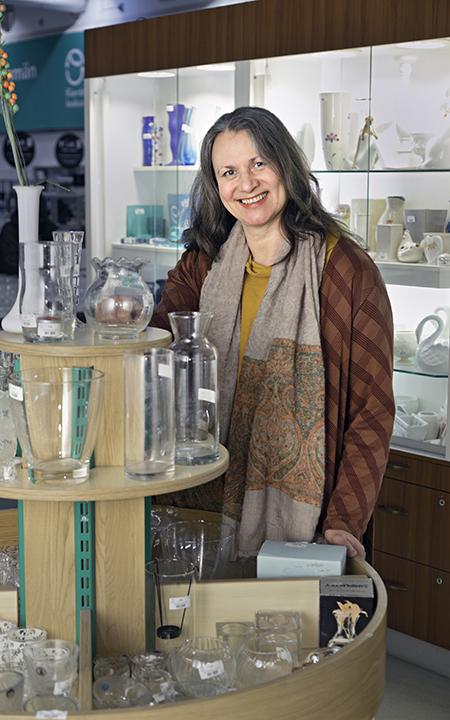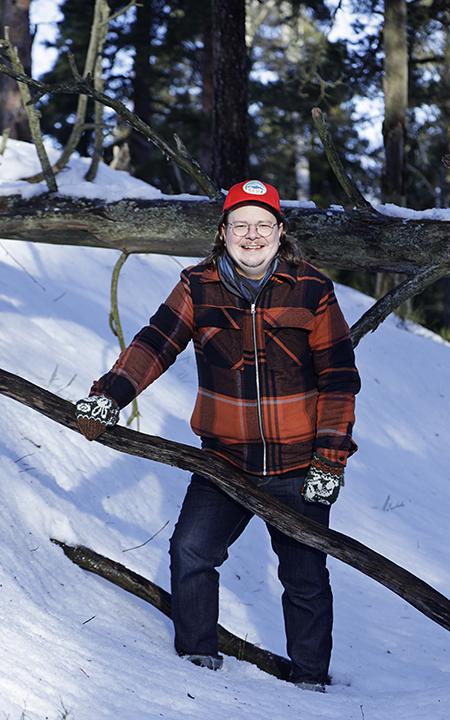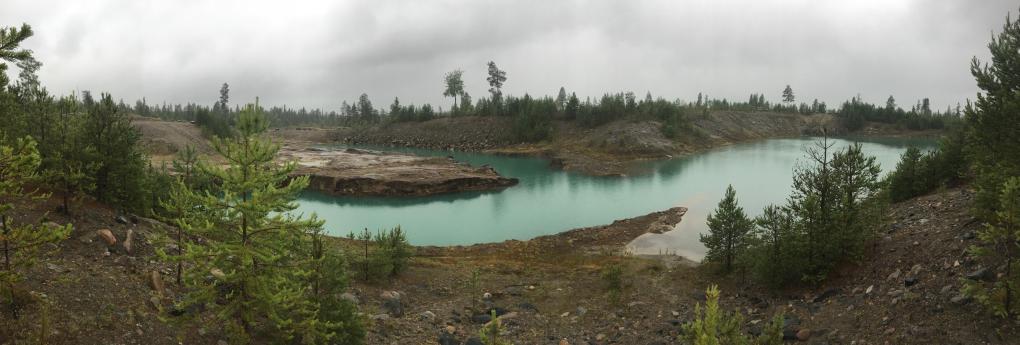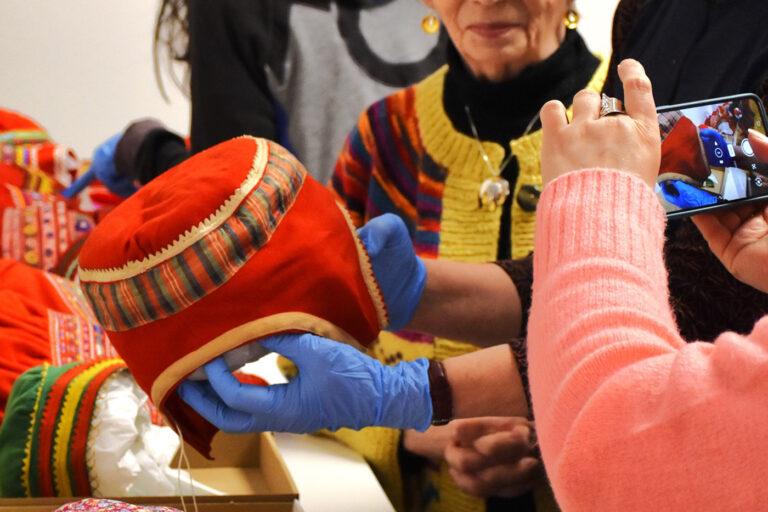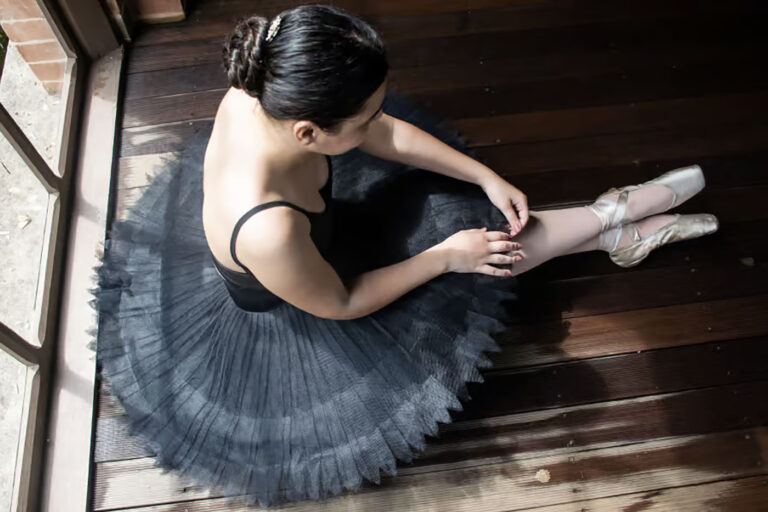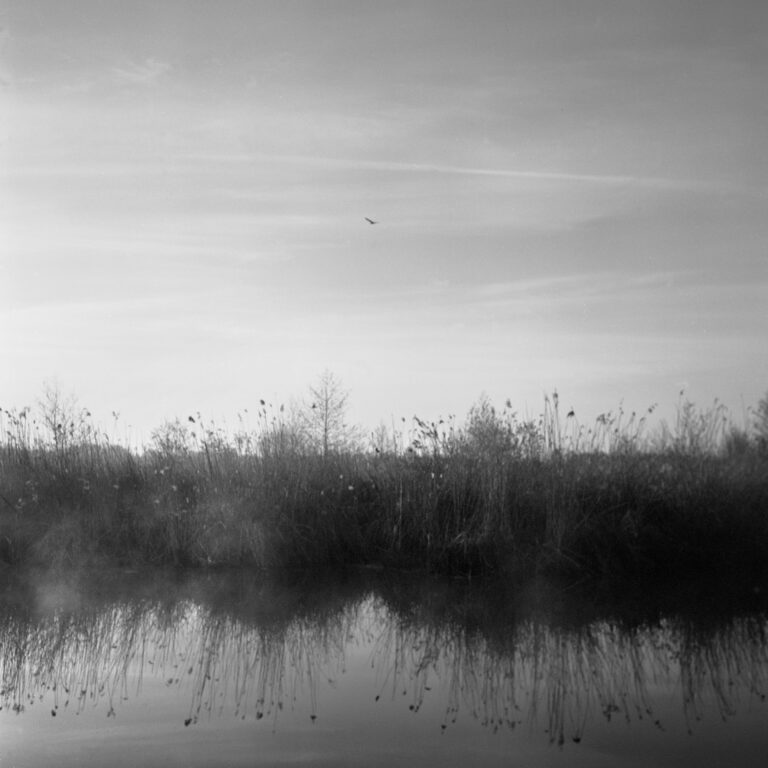Arctic artists “chewing the tundra” in Vienna
Lauri Linna is creating a documentary installation based on the town of Kuusamo’s Juomasuo bog, where he used to hike with his granddad and where a cobalt mine is now being planned.
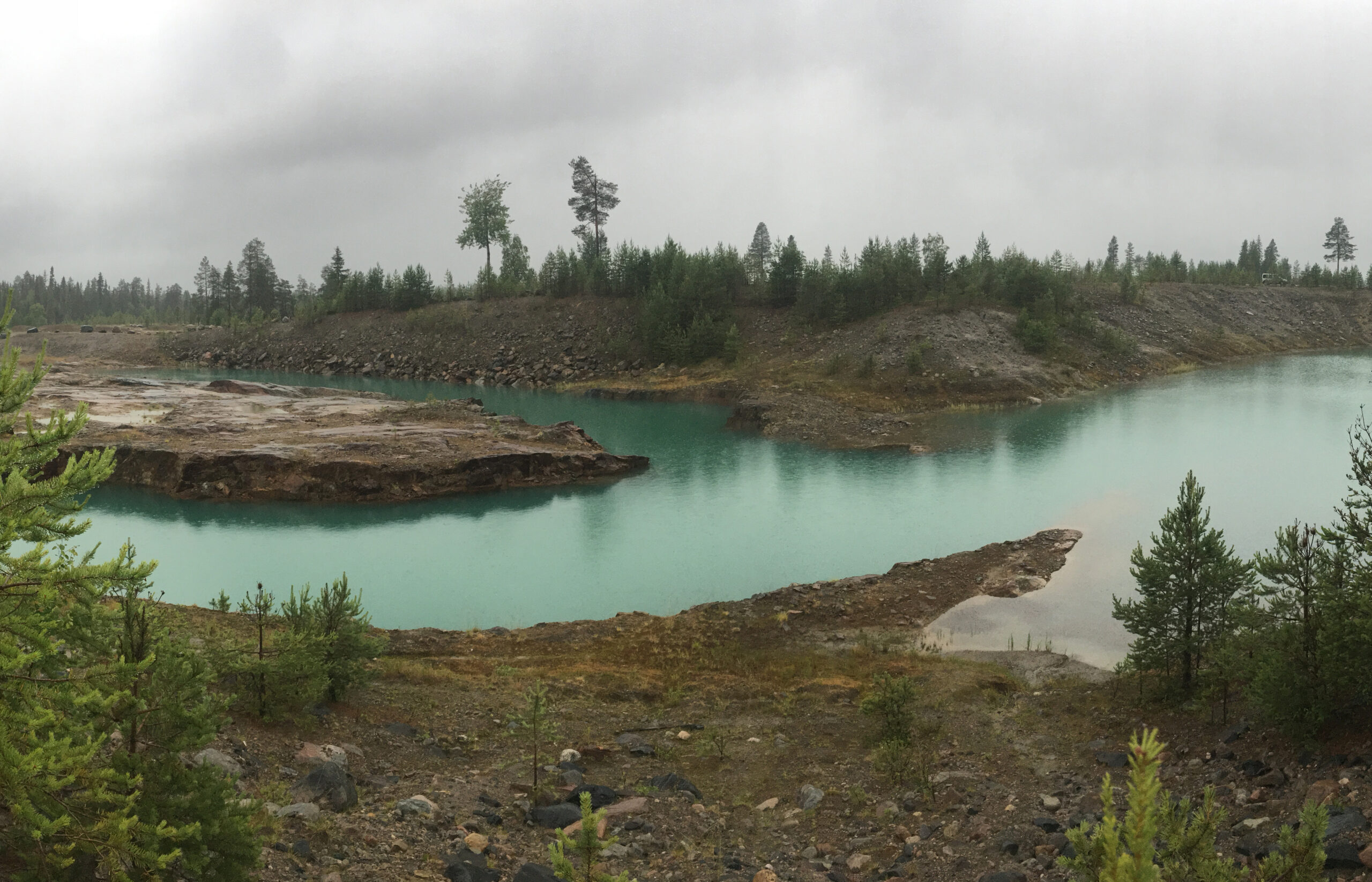
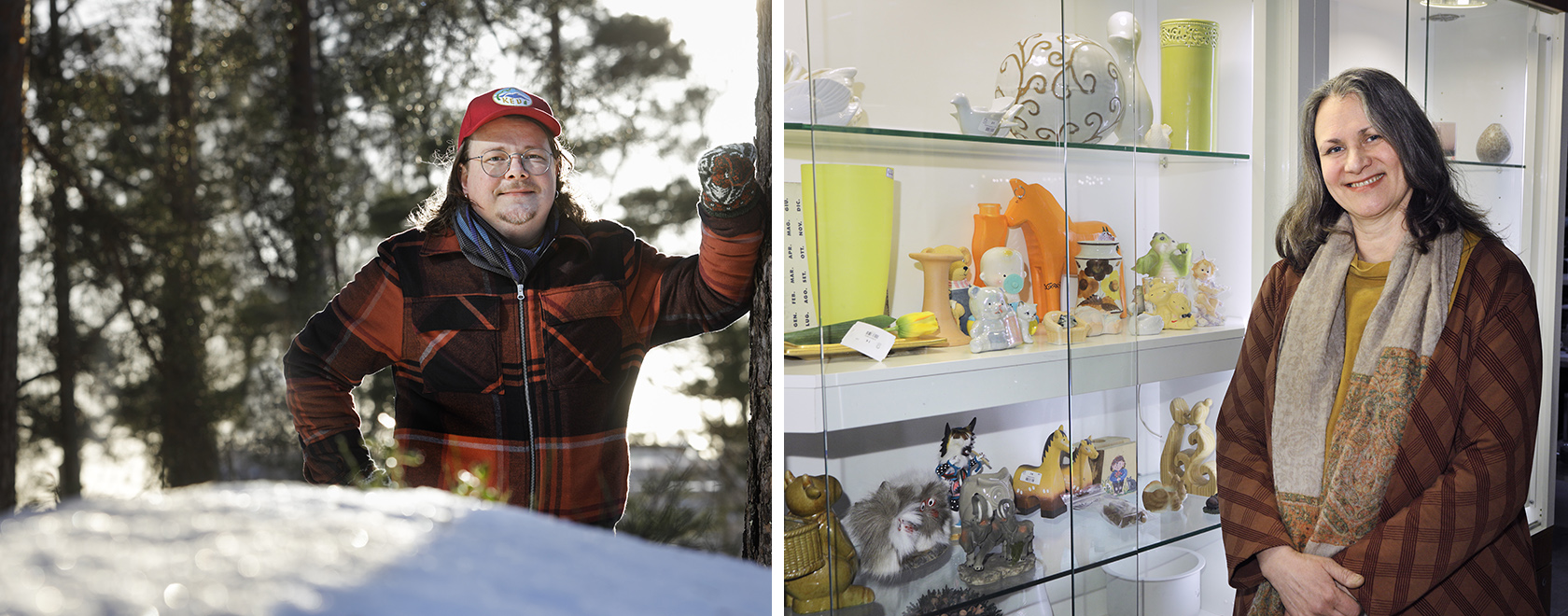
Text: Antti Kivimäki
Photopraphy: Heikki Tuuli
Climate change does not treat the world’s regions equally. The Arctic region is warming at three times the rate of the global average. Glaciers are retreating and opening up shipping lanes and access to natural resources, and this is arousing commercial interests.
– The Arctic’s living organisms are experiencing a dramatic change caused by pollution, climate change, mining, the global economy, and politics. The experiences of each community are of course unique, but simultaneously they are all experiencing this change collectively, in the larger context, says the visual artist Pia Lindman.
She has been building the Chill Survive network together with the Icelandic anthropologist Tinna Grétarsdóttir since 2016.
Lindman ja Grétarsdóttir have travelled around the Arctic from Greenland to Siberia, become acquainted with local communities, and organised residencies where researchers, artists, and local communities have become acquainted.
– We try to convey information about what these changes mean in the everyday experiences of people. We want to convey what can’t be expressed in words, and this experience comprises the relationships created by people as well as all other living nature.
Lindman ja Grétarsdóttir have collected around them a network of about fifty artists, researchers, and activists, and its core activities have consisted of networking and collecting information.
Now the hard work is beginning to bear artistic fruits.
Chill Survive will organise its first large exhibition, called Chewing the Tundra, in the centre of Vienna in the WUK art centre from November to July of this year. Fifteen artists from the Chill Survive network from Greenland, Iceland, Norway, Denmark, and Finland will bring their art – videos, performances, paintings, sound art – into the 400 square metres of the Exnergasse exhibition hall.
One of them is Lauri Linna. He is building a documentary installation for the hall called Juomasuo – suo, jossa oli juotavaa vettä, in English “Juomasuo – a bog that had drinkable water”, about a bog whose Finnish name means “Drinking Bog”.
This bog in the municipality of Kuusamo is where a mining company is planning a cobalt and gold mine. For Linna, the surroundings are dear childhood landscapes where he spent time with his granddad, who lived from nature conservation, fishing, hunting, and hiking.
In the Exnergasse, Linna will create a scale model of the planned mining area with used smartphones and plant seeds and plants he has collected from the area in a herbarium. Last summer, Linna filmed the bog, its vegetation, and human activities in the environs with a video camera. He will continue filming and collecting this summer.
– I asked the Finnish Museum of Natural History how to preserve the plants in the herbarium so their DNA remains intact so they can be cloned in the future if necessary. When the mining ends someday, these seeds and other plant material can be used to replant the vegetation destroyed by the mine, Linna explains.
After the exhibition, the seeds and plant material will be donated to Kuusamo’s municipal archive.
In the Exnergasse installation, Linna’s video documentary will run on the screens of used smartphones. Linna collects them from people in Kuusamo.
– The percentage of cobalt and gold in used phones is higher than in the planned mine’s bedrock. If all Finns donated one used mobile phone, we would get close to the amount of ore that can be extracted from the mine, Linna says.
He says that he has understanding for mining as such: People need work, and cobalt is important for climate change mitigation because it’s necessary for batteries in electric cars and for storing electricity.
– I also like discussing with people who have a different opinion. The nature of that area, however, is such that it’s hard to imagine a kind of mining there that wouldn’t produce pollution and spoil the environment. The lake Kitkajärvi, which is called Finland’s biggest spring, is nearby. The river Kitkajoki is 800 metres away and continues on to the Oulanka National Park and Finland’s most popular hiking trail and on to the historically important Karelian village of Paanajärvi/Panozero in Russia.
Other participants from Finland in the Chewing the Tundra exhibition are the artist Leena Valkeapää; the reindeer herder Oula A. Valkeapää; the geneticist and artist Anu Osva, who has studied Northern Finncattle and the horses of the Yakuts; the dancer and visual artist Anra Naw, who belongs to the East Siberian indigenous Chukchi people and now lives in the Finnish municipality of Inari; and the visual artist Pauliina Jokela, who lives in Iceland.
Lindman has asked Austrian museums and universities to send to the exhibition objects in their possession that come from the Arctic. The artists participating in the exhibition will bring recordings, microbes, lichen, and other material they have collected on their expeditions.
Lauri Linna, M.A., received a grant of €13,000 for artistic work in 2022, and Pia Lindman, M.F.A., received a grant of €6,000 for development of the Chill Survive network’s activities.
